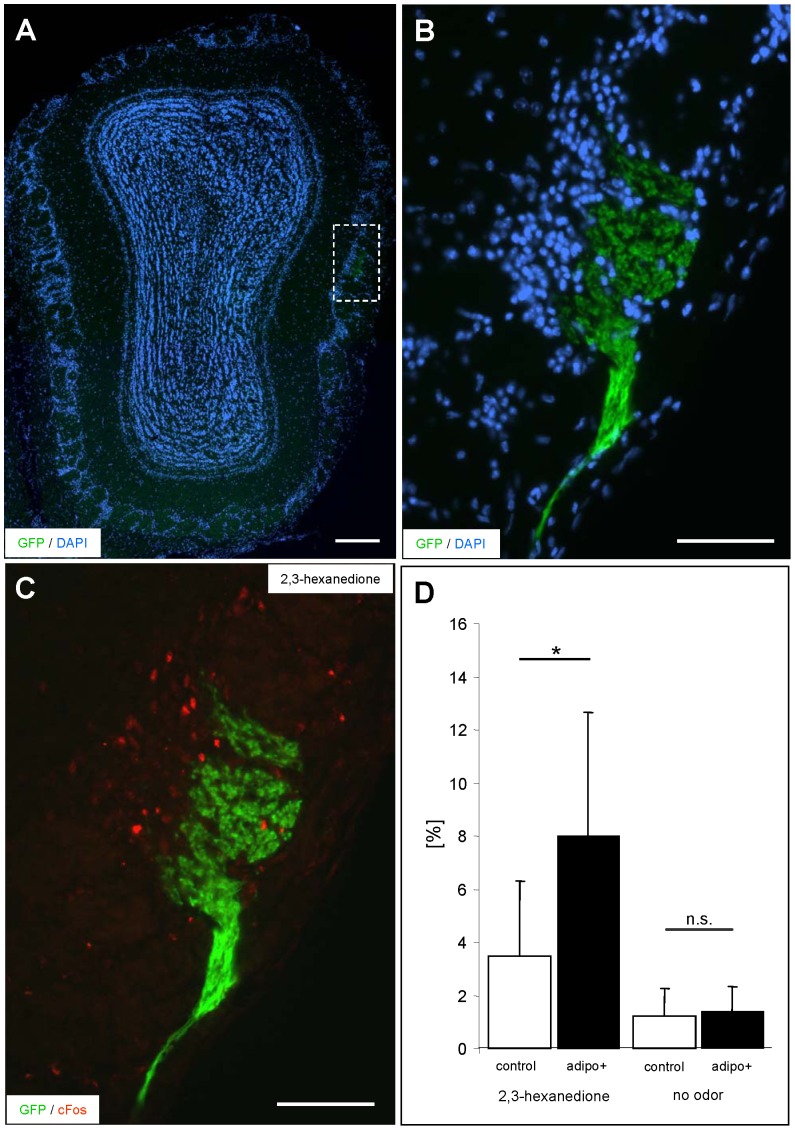Figure 6. Treatment with adiponectin increases the number of c-fos positive juxtaglomerular cells surrounding the mOR256-17 glomeruli in mice exposed to 2,3-hexanedione.
(A) Coronal section through the olfactory bulb of an mOR256-17-GFP transgenic mouse exposed to 2,3-hexanedione; the lateral mOR256-17 glomerulus (indicated by the white box) is visible by its intrinsic GFP-fluorescence. Counterstaining with DAPI. (B) Higher magnification of the mOR256-17 glomerulus shown in A. (C) Representative picture of the c-fos positive juxtaglomerular cells (red) surrounding the glomerulus after exposure of mice to 2,3-hexanedione. (D) Percentage [%] of c-fos positive juxtaglomerular cells induced by 2,3-hexanedione in mice treated with buffer solution (left white bar) or adiponectin (left black bar). In adiponectin-treated mice exposed to the odorant, a significantly higher number of c-fos positive cells is found at the mOR256-17 glomerulus (control: 3.5±2.7%; adipo+: 8.0±4.5%; P = 0.0226). Without odorant exposure, the number of c-fos positive cells is low and not significantly different in buffer-treated (right white bar) and adiponectin-treated (right black bar) mice (control: 1.2±0.15%; adipo+: 1.4±0.13; P = 0.6852). All numbers in this figure are given as means ± SD. Scale bar: 0,2 mm in A; 100 µm in B and C.

